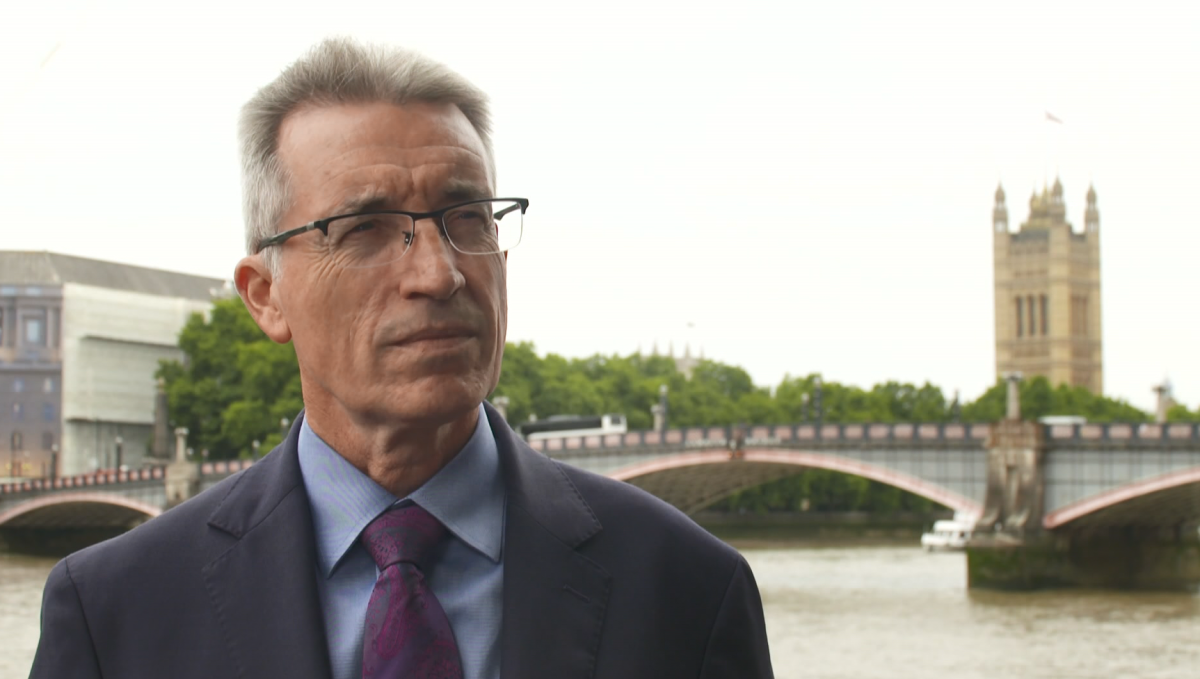For many of us, flying is a part of our lives.

Even if we realize that it is damaging to the environment and a factor in climate change, we have no reasonable option but to fly.
In 2019, many of our jobs involve flying, and our families can be spread across the globe.
So, with a 50 per cent global growth in air travel over the past six years, what can we do to limit our own carbon footprints?
Carbon offsets are probably the best thing a consumer can do right now. These involve paying for tree planting, renewable energy initiatives or programs to reduce emissions elsewhere.
Air Canada’s optional carbon offset payment tool at Less.ca will quote you a price of between $15 and $40 for a round trip between Toronto and Vancouver.
The price depends on the standard of offset you choose, and whether or not you include the theorized effects of non-carbon emissions, like nitrous oxides.
German offset provider Atmosfair gives customers additional information on which airlines are the greenest.
It compiles an annual Airline Index to rank airlines on the efficiency of their fleets.
Airlines with modern fleets that include aircraft like the Airbus A320neo and the Boeing 787 Dreamliner will perform better than those with older models.
WATCH: (July 9) Campaign takes off to encourage people to fly less

Atmosfair’s business development manager Julia Zhu says the index gives passengers the information to fly on a greener aircraft and reduce their carbon offset bill.
“If you take, for instance, the segment Toronto to London, the difference is between two metric tonnes and three and a half. That’s a difference between, well, a very effective airline and a less effective one,” said Zhu, explaining that that could mean the difference between an offset price of about $100 or about $70.

Get breaking National news
“The two biggest factors are the age of the aircraft and also the occupancy. Some carriers often fly with planes that are not fully booked, which decreases the efficiency of that particular flight.”
Taxing aviation fuel
Government often plays a role in incentivizing people away from carbon-heavy forms of transport.
Canada’s carbon tax and France’s proposed eco-tax will add to the cost of some airline tickets in the coming years, but in their current forms, the levies are unlikely to put a big dent in the rapid growth of global air travel.
The federal government’s carbon tax only applies to aviation fuel used on some domestic flights, and France’s new tax will only be applied to flights originating from France.
In most of the world, aviation fuel is not taxed, which is part of the reason flying is becoming more and more accessible.
The industry regularly pushes back against calls for a tax on fuel, saying it will lead to airline closures and job losses.
“Taxation is always controversial,” said Paul Everitt, chief executive officer of ADS, the U.K.’s aerospace trade association.
“Our focus is on ensuring that there is an international response. And not individual territories, or individual countries implementing things that work well for them, from a tax-raising perspective, but not really contributing to meeting the global challenges that we will face.”
Technology to the rescue?
With ambitious emissions targets on the horizon and a finite amount of fossil fuels in the ground, aircraft manufacturers know the future of the industry lies away from traditional kerosene fuel.
Biofuels, made from plant and vegetable extracts, have been tested for more than a decade and are proven to work.
However, the main hurdle is the scale of production needed to feed a global industry that burned through 360 billion litres of kerosene in 2018.
“I think the numbers that I’ve seen is if we wished to transfer from kerosene to wholly biofuels, we would need to be developing 170,000 refineries a year for the next decade or so,” said Everitt.
“Now clearly that’s not something that’s going to be practical.”
Unconventional and funky-looking aerodynamic designs could cut fuel use by 20 per cent or more, but Everitt cautions that airports need to be able to accommodate the planes before an airline will buy them.
Currently, every airport in the world is only designed to welcome the familiar cigar-tube-shaped planes.
Part of the reason the double-decker Airbus A380 “Superjumbo” was a relative commercial flop was that so few airports could load and unload passengers on two levels.
So, the real game-changer in making aerospace greener will likely be electric engines.
At last month’s Paris Air Show, Israeli company Eviation launched the world’s first fully electrically powered commercial passenger plane.
It will carry nine passengers with a range of about 1,000 kilometres.
The plane is expected to make its first flight this year and is scheduled to enter service in 2022.
Wright Electric, based in the U.S., and British low-cost carrier EasyJet have teamed up to develop a 180-seat electric aircraft that will have a range of about 500 kilometres.
WATCH: (June 18) Canada’s top climate scientist says new agent of change is people

That is around one-tenth the distance similar-sized kerosene-powered aircraft can cover.
The electric plane is expected to start flying around a decade from now, and it could take much longer for the technology to truly replace existing aircraft.
“There is a big job that we need to do. First of all, testing, to make sure it is safe, but also then working with the regulatory authorities around the world to make sure that they are comfortable with it,” said Everitt.
“So we’re looking at a 20- or 30-year kind of journey that we’re going to be on.”
In the meantime, as aviation continues to grow, its two per cent share of the world’s annual greenhouse gas emissions looks set to grow with it.








Comments